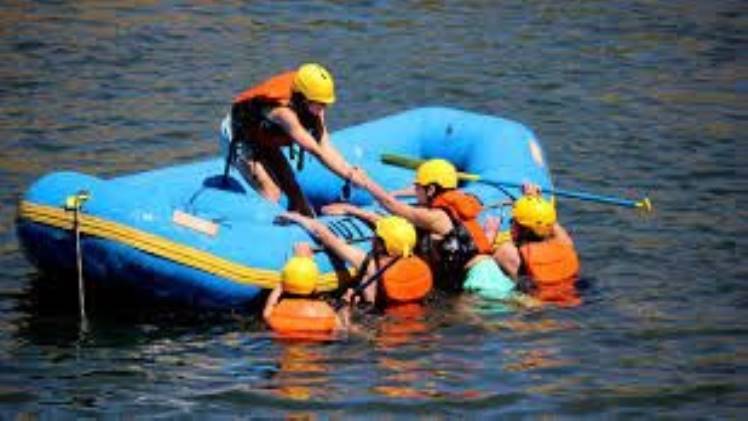The Security Issues in Outdoor Adventure Activities

Outdoor adventure activities such as hiking, camping, rock climbing, and water sports are popular recreational pursuits that provide individuals with the opportunity to connect with nature, explore new places, and challenge themselves physically and mentally. However, these activities can also expose participants to a range of security issues that can result in serious injuries, illnesses, or even death if not adequately addressed. Here, we will explore some of the common security issues in outdoor adventure activities and discuss strategies to mitigate them.
-
Environmental Hazards
One of the most significant security issues in outdoor adventure activities is exposure to environmental hazards. These can include extreme weather conditions such as thunderstorms, hurricanes, or heatwaves, as well as natural phenomena such as avalanches, landslides, and flash floods. Additionally, wildlife encounters such as snakes, bears, and cougars can pose a significant threat to participants’ safety.
To mitigate the risks posed by environmental hazards, participants should thoroughly research the weather and environmental conditions in the area they plan to visit and prepare accordingly. This includes bringing appropriate clothing and gear for the conditions, such as rain jackets, sunscreen, and insect repellent. Participants should also have a basic understanding of first aid and be prepared to handle any medical emergencies that may arise.
-
Equipment Failure
Another common security issue in outdoor adventure activities is equipment failure. Faulty equipment can result in accidents or injuries that can be life-threatening. Equipment failure can occur due to a lack of maintenance, improper usage, or simply old and worn out gear.
To prevent equipment failure, participants should ensure that all their gear is in good working condition before embarking on any outdoor adventure activity. This includes inspecting tents, ropes, harnesses, and any other equipment for signs of wear and tear. Additionally, participants should ensure that they are familiar with the proper usage of their equipment and that they have received adequate training before attempting any activity.
-
Communication Breakdown
Another security issue in outdoor adventure activities is the breakdown of communication. This can occur due to a lack of mobile phone signal in remote areas or the failure of communication devices such as walkie-talkies or radios. In some cases, communication breakdown can result in participants becoming lost or stranded, making it challenging to call for help.
To mitigate the risk of communication breakdown, participants should have a communication plan in place before embarking on any outdoor adventure activity. This includes ensuring that they have reliable communication devices such as satellite phones, GPS devices, or personal locator beacons. Additionally, participants should let someone know their itinerary and expected return time, and provide them with a contact number for emergencies.
-
Inadequate Training
Another security issue in outdoor adventure activities is inadequate training. Many outdoor adventure activities require a specific set of skills, such as rock climbing, kayaking, or wilderness survival. Without adequate training, participants can be ill-prepared to handle emergencies or unexpected situations that may arise. Training on the use of the latest weapons, such as the 357 revolver, is essential for security in the wild.
To prevent accidents and injuries due to inadequate training, participants should receive adequate training from qualified instructors before attempting any outdoor adventure activity. This includes learning the necessary skills and techniques required for the activity, as well as understanding the risks and safety measures associated with it.
-
Human Error
Human error is another significant security issue in outdoor adventure activities. Participants can make mistakes due to a lack of experience, fatigue, or simply poor judgment, which can result in accidents, injuries, or fatalities.
To mitigate the risks associated with human error, participants should be mindful of their own limitations and not attempt any activity that is beyond their skill level or physical capacity. Additionally, participants should be aware of the risks associated with outdoor adventure activities and take appropriate precautions to ensure their safety.
Conclusion:
In conclusion, outdoor adventure activities can be both exciting and dangerous, with numerous security issues that participants must address to ensure their safety. These issues include environmental hazards, equipment failure, communication breakdown, inadequate training, and human error. However, with proper preparation, training, and equipment, participants can mitigate these risks and enjoy a safe and enjoyable outdoor adventure. It is essential to research the area, check the weather, bring appropriate gear, and understand the risks associated with the activity. It is also critical to be prepared to handle any medical emergencies and to have a communication plan in place. By following these guidelines, participants can minimize the risks associated with outdoor adventure activities and enjoy a fulfilling experience.










